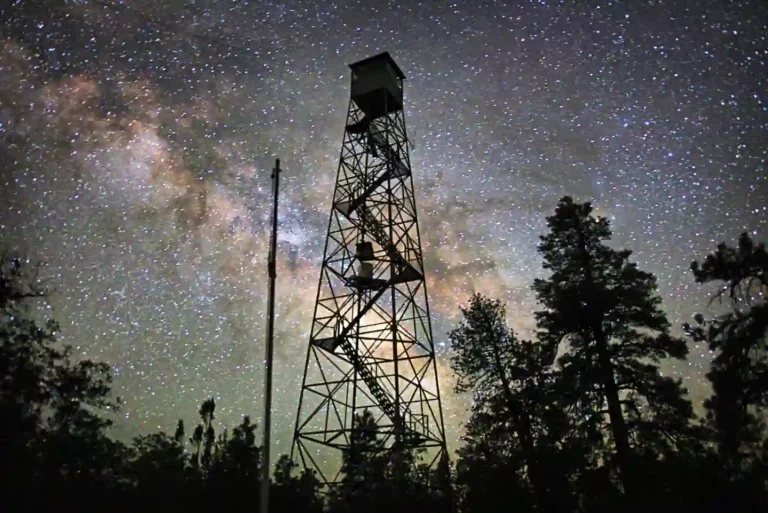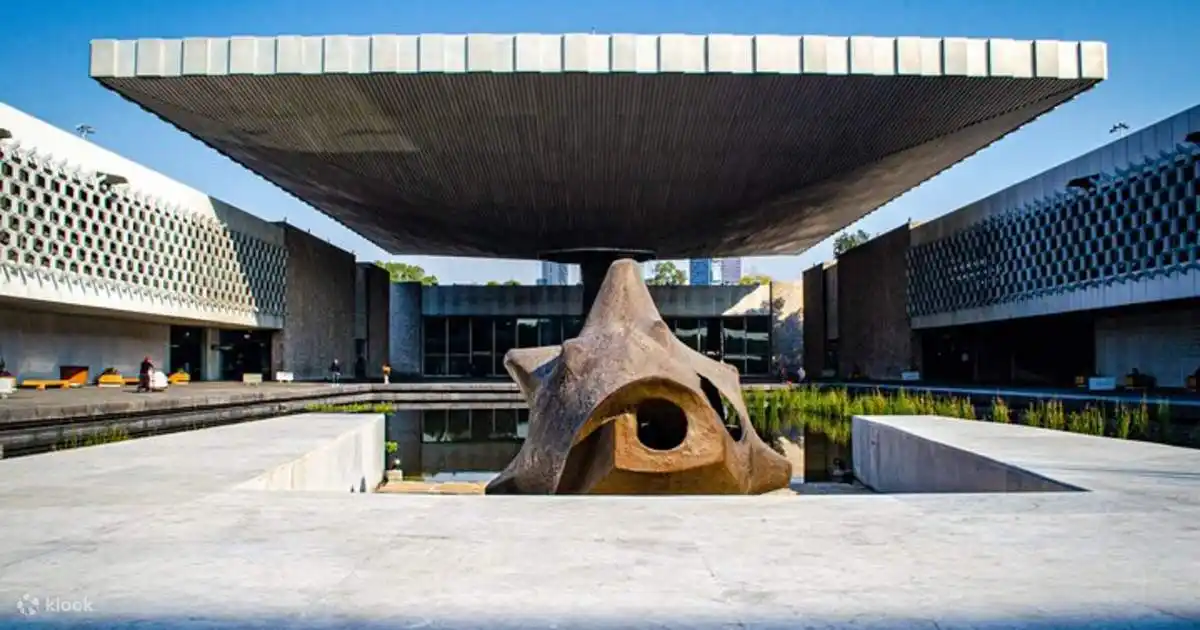
Some of the best museums in Mexico City aren’t just places where travelers pass an afternoon — they’re living stories of Mexico’s identity. Every time I’ve returned here, I’ve found myself wandering into yet another museum that locals insisted I couldn’t miss, and each one gave me a deeper layer of understanding about this city’s soul. From Aztec ruins uncovered beneath busy streets to contemporary art spaces in glass-and-steel buildings, the contrasts feel endless… and they’re what make Mexico City a cultural capital unlike any other.
Locals themselves often recommend these museums because they grew up with them. School trips to the Museo Nacional de Antropología, weekend strolls through Chapultepec Park ending at modern art museums, or family visits to the Frida Kahlo Museum — these aren’t just sightseeing stops, they’re touchstones of memory and heritage.
After living in Mexico for several months and returning countless times over the years, I’ve learned that visiting these museums with local friends is like unlocking stories most guidebooks gloss over.
In this guide, I’ve gathered more than 18 museums that locals actually talk about — not just the internationally famous ones but also the quirky, the offbeat, and the deeply personal spaces that reveal Mexico’s many layers. Whether you’re drawn to ancient Aztec artifacts, contemporary art, or something as unexpected as a toy museum, you’ll find it here.
So let’s dive in… and explore the best museums in Mexico City that locals truly swear by.
Why Mexico City is a Museum Lover’s Paradise
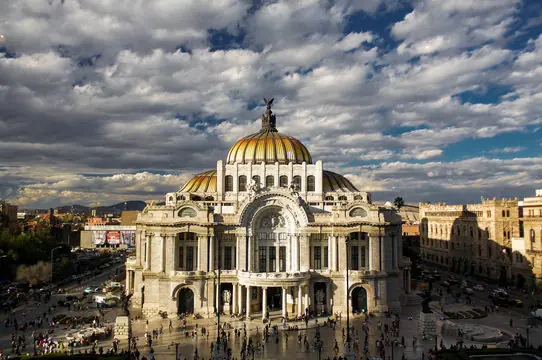
The first thing most people don’t realize is that Mexico City has more than 150 museums, giving it one of the highest museum densities in the world. That’s not just a statistic I pulled from a brochure — it’s something you feel when you’re on the ground here. Nearly every neighborhood I’ve explored, from upscale Polanco to bohemian Coyoacán, has a cultural center, a small gallery, or a historical museum tucked between everyday city life.
What makes this city a true museum paradise is the diversity. In a single day, I’ve gone from standing before the Aztec Sun Stone inside the National Museum of Anthropology, to admiring Diego Rivera’s murals at the Palacio de Bellas Artes, to ending the evening with an avant-garde exhibition at the Museo Tamayo. That blend — pre-Hispanic cultures, colonial-era grandeur, and bold contemporary art — reflects the very rhythm of Mexico City itself.
Accessibility also plays a huge role. Entry fees are affordable, and some of the best free museums in Mexico City open their doors on Sundays. Even the big names, like Casa Azul or Museo Soumaya, don’t carry the intimidating price tags of European capitals.
Getting around is straightforward too: the metro, buses, and even walking routes through Chapultepec Park make museum-hopping surprisingly easy.
For locals, museums are stitched into everyday life. I’ve met families who make a ritual out of Sunday museum visits, university students debating modern installations at MUAC, and school groups clustered around guides at Templo Mayor. For them, these spaces aren’t dusty institutions — they’re living classrooms and places of pride. That’s exactly why if you ask a local, they’ll always have a recommendation for the best museums to visit in Mexico City.
The Iconic & World-Famous Museums
1. Museo Nacional de Antropología
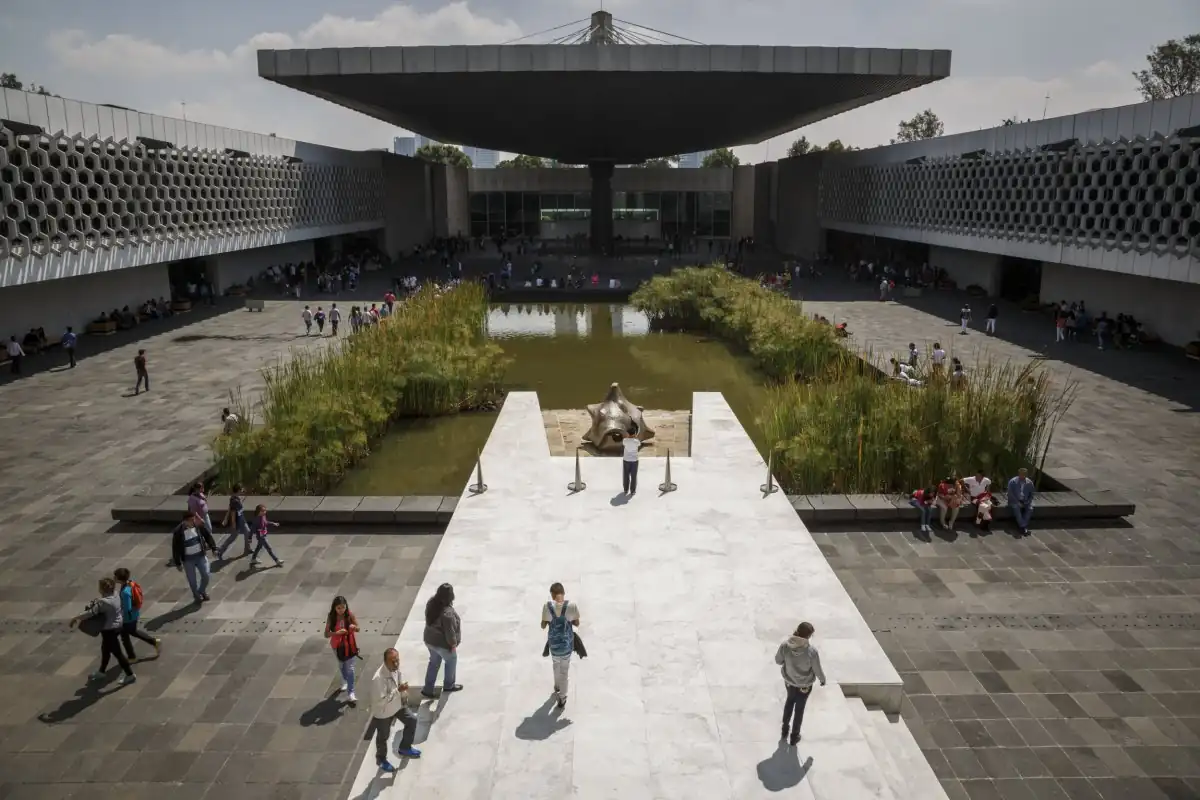
If there’s one museum that locals and travelers alike will insist you visit, it’s the Museo Nacional de Antropología — often topping lists of the 10 best museums in Mexico City and for good reason. I still remember my first encounter with the Aztec Sun Stone (sometimes called the Aztec Calendar). It’s not tucked away in a corner but displayed with a presence so commanding that even locals pause to take it in, despite having seen it countless times before.
This museum is more than just an introduction to Mexican history; it’s the backbone of the country’s identity. Each hall represents a different indigenous culture, from the Maya to the Olmec, with artifacts that range from delicate jade masks to towering stone sculptures.
During one visit, I joined a guided tour where the guide explained how the Xochipilli statue was not only an artifact but a connection to living traditions still honored today.
Locals recommend it because it’s where they first learn their own history — every Mexican student eventually visits here. But it’s also a place of pride. A friend of mine from Mexico City once told me, “When we bring foreign visitors here, it’s like showing them the heart of who we are.” And after spending hours in those halls, I understood exactly what she meant.
For practical advice: plan at least half a day here. The museum sits in Chapultepec Park, so you can combine your visit with the castle or modern art museums nearby. Mondays it’s closed, and weekends can be crowded, but weekday mornings are perfect for a quieter experience.
If you’re short on time, don’t miss the Mayan Room, the Aztec Hall, and of course, the central courtyard with its iconic “umbrella” fountain — one of the most photographed spots in Mexico City.
For anyone serious about culture, history, or just understanding Mexico beyond the surface, this isn’t just one of the best museums in Mexico City — it’s absolutely essential.
2. Museo Frida Kahlo (Casa Azul) (350 words)
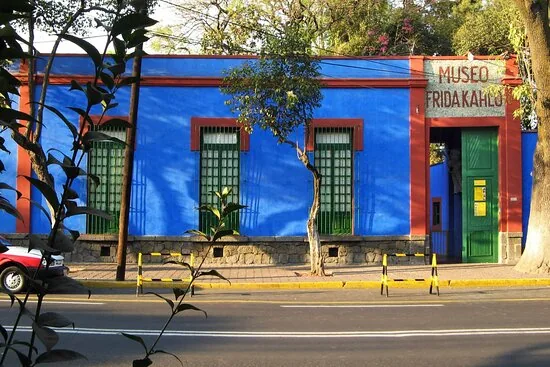
Few places in Mexico City feel as personal as the Frida Kahlo Museum, better known as Casa Azul in Coyoacán. While guidebooks list it among the best museums in Mexico City, locals speak of it with a different kind of reverence. It’s not just about Frida’s art — it’s about stepping into her world, her pain, her resilience, and her creative fire.
I first visited Casa Azul on a bright Saturday morning, and the line was already winding around the block. That’s a common scene because tickets often sell out weeks in advance. My best advice? Book online early, ideally for a weekday slot. Locals know this trick, and many told me they plan visits midweek to avoid the crowds.
Inside, the experience goes far beyond paintings. You walk through Frida’s kitchen with its cobalt blue walls, see her bed where she sketched while recovering from surgeries, and even glimpse the braces and medical corsets that supported her broken body. I found myself lingering at the letters exchanged between Frida and Diego Rivera — intimate, complicated, and very human. No other museum in Mexico City gives you this level of access to an artist’s private life.
For locals, Casa Azul is more than a museum. It’s a reminder of resilience and identity, a pilgrimage site where art lovers, feminists, and even schoolchildren come to connect with Frida’s story. Pairing a visit here with a stroll through San Ángel or a stop at the Casa Estudio Diego Rivera gives even more context to the couple’s complicated but creative legacy.
When people ask me about the best museums in Mexico City for kids, I usually suggest anthropology or folk art first. But for teens and older travelers, Casa Azul is unforgettable. It’s intimate, emotional, and leaves you with the sense that Frida Kahlo is still very much alive in Mexico City’s cultural heart.
3. Palacio de Bellas Artes (Palace of Fine Arts & Museum)
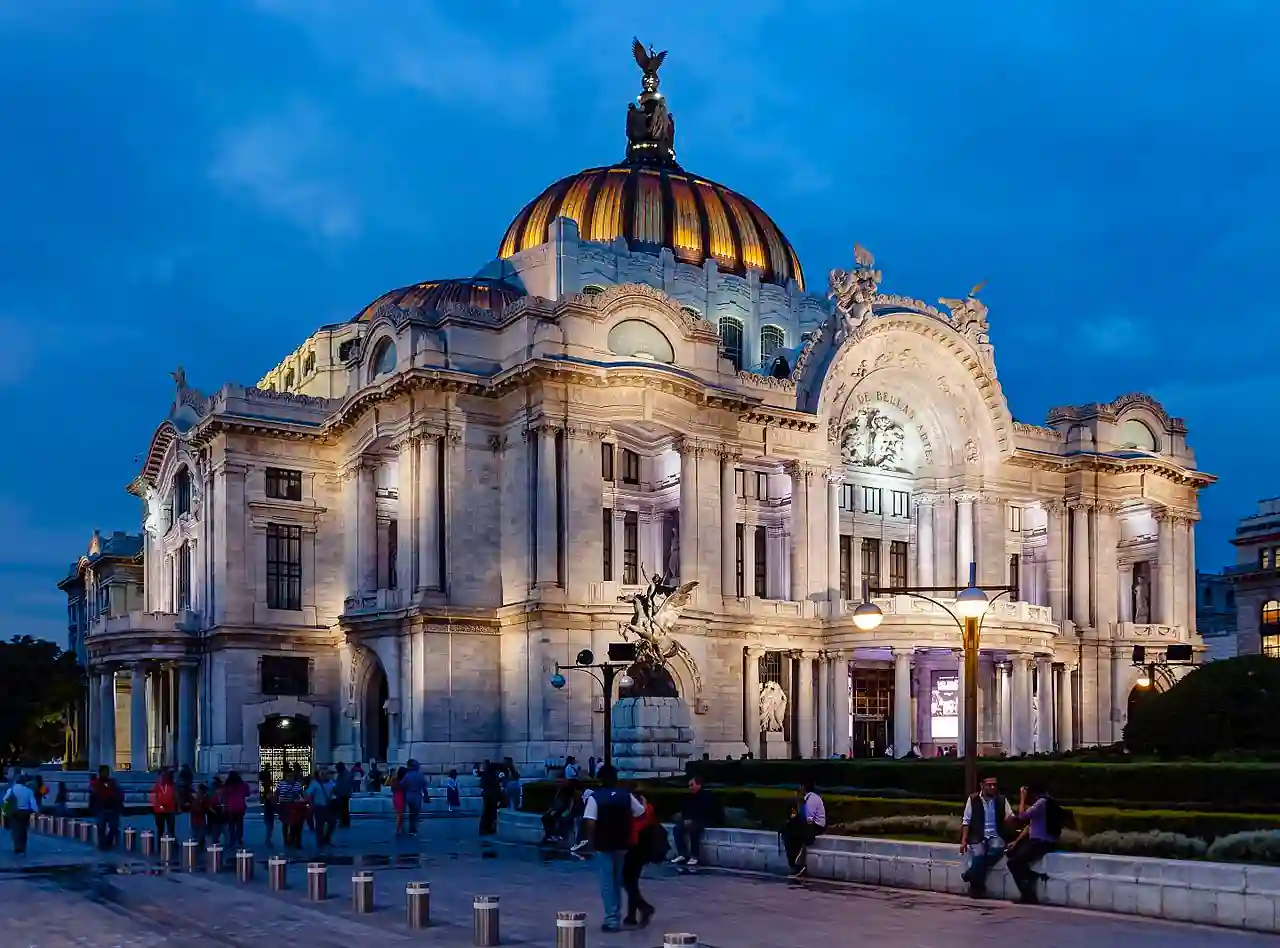
Even if you’ve never stepped inside, the Palacio de Bellas Artes is one of those landmarks you can’t forget. The Art Nouveau façade, the stained-glass curtain inside, and the combination of Art Deco interiors make it one of the most striking buildings in the Americas. I still remember walking along Avenida Juárez and catching my first glimpse — it’s the kind of place that makes you stop in your tracks.
But beyond the architecture, Bellas Artes is home to one of the best art museums in Mexico City. The highlight for many visitors is the collection of murals by Diego Rivera, David Alfaro Siqueiros, and José Clemente Orozco — artists whose work defined Mexico’s muralist movement. Rivera’s “Man at the Crossroads” mural, which was famously destroyed in New York and recreated here, always draws a crowd.
Locals see Bellas Artes as more than just a museum. It’s also a cultural hub where you might catch a ballet, an opera, or the Ballet Folklórico de México, which has been dazzling audiences for decades. I once attended a performance here on a Sunday evening, and watching traditional dances unfold against that grand stage was an experience that stayed with me.
For travelers, it’s worth planning both a museum visit and, if possible, a performance. Tickets for shows can be bought online or at the box office, but they sell fast. If you’re building a list of the 10 best museums in Mexico City, Bellas Artes deserves a top spot for its rare blend of visual art, architecture, and live culture.
4. Museo Soumaya
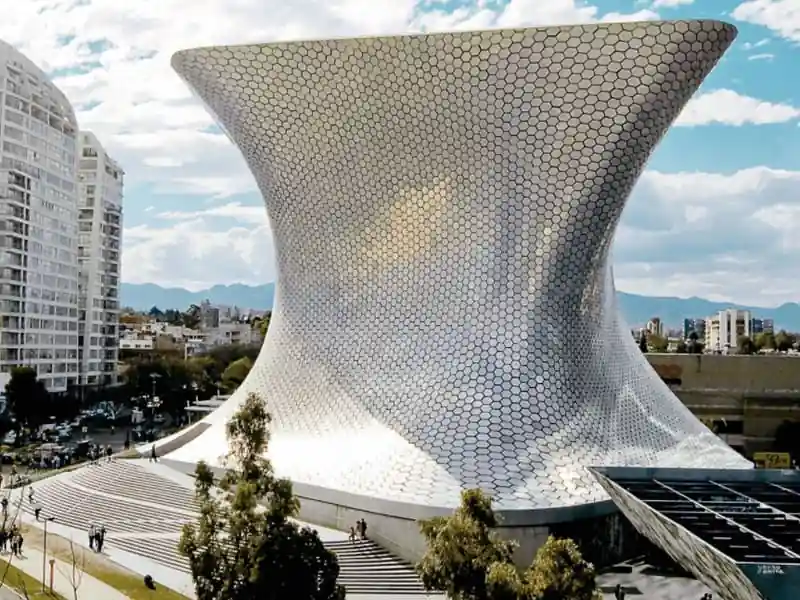
If the Museo Nacional de Antropología represents Mexico’s past, the Museo Soumaya feels like a bold statement about its present and future. Funded by billionaire Carlos Slim and designed by architect Fernando Romero, this museum’s futuristic silver-clad building in Polanco is one of the most photographed in the city. Even before stepping inside, the structure itself feels like an art piece.
The collection is eclectic, to say the least. You’ll find Rodin’s sculptures, paintings by European masters, works by Mexican greats, and even pieces from Andy Warhol. During one visit, I wandered through rooms that jumped from Renaissance art to modern pop culture — not something you’d expect in a single institution.
Locals have mixed opinions. Some admire it as a gift to the public (entry is free), while others see it as a showcase of Slim’s wealth. But whether you love it or question it, you won’t forget it. And for travelers looking for the best free museums in Mexico City, Soumaya is unbeatable.
Pro tip: Pair your visit with a walk through Plaza Carso and nearby restaurants. The neighborhood vibe adds to the experience, and you’ll see how modern Mexico City blends luxury, art, and everyday life.
5. Museo Tamayo
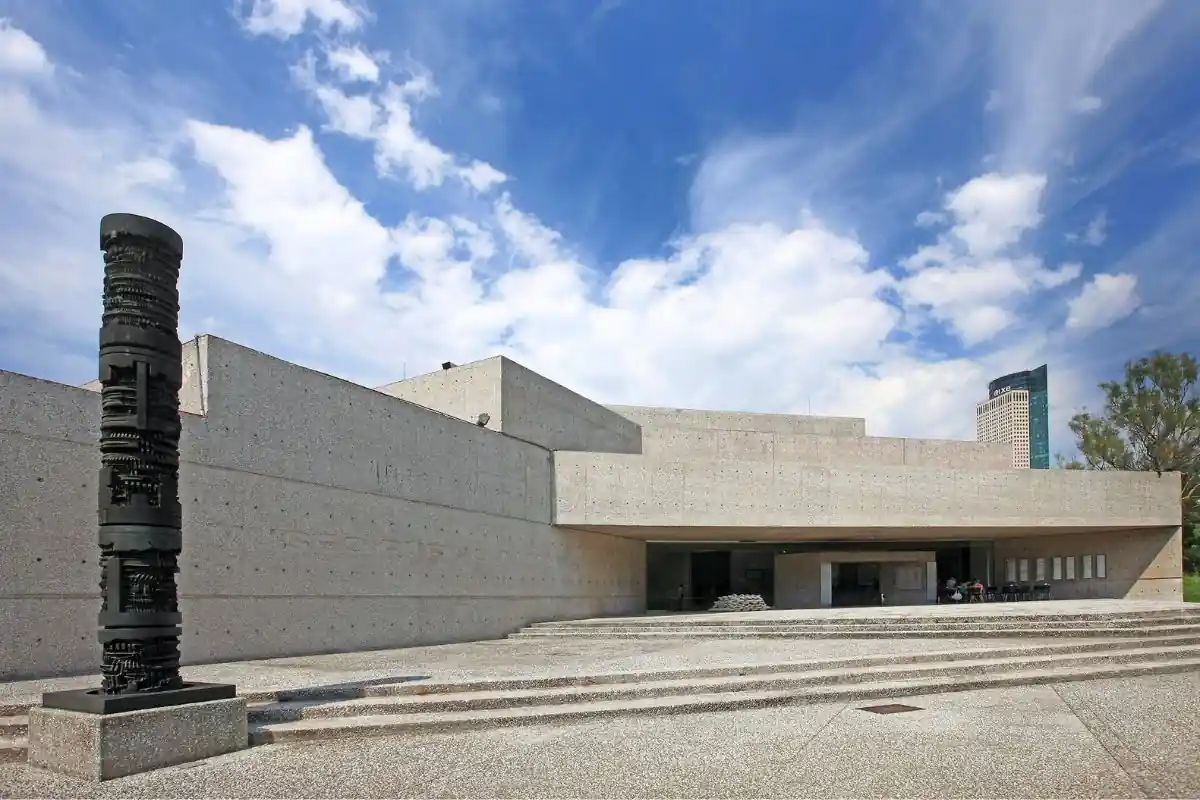
Tucked inside Chapultepec Park, the Museo Tamayo is one of the best contemporary art museums in Mexico City and a favorite among locals who keep an eye on cutting-edge cultural trends. Named after Rufino Tamayo, one of Mexico’s most celebrated modern painters, the museum doesn’t just showcase his legacy — it embraces international contemporary art in a way that feels dynamic and fresh.
On my last visit, I walked into an exhibition that combined immersive video, sound, and sculpture — the kind of installation that makes you question what art even is. University students filled the halls, debating the meaning of pieces by Cy Twombly and Donald Judd, while families with kids wandered through interactive displays. It’s this mix of intellectual curiosity and approachable vibe that makes Tamayo stand out.
Locals recommend it not only for the art but for the atmosphere. Chapultepec is already a weekend gathering place, and popping into the museum offers a perfect cultural break between walks, boat rides, or a stop at the nearby Museo de Arte Moderno. If you’re interested in seeing how Mexico City embraces global trends while still honoring its own artistic voices, Tamayo is a must.
In terms of value, it’s one of the best museums to visit in Mexico City for contemporary art lovers — affordable entry, ever-changing exhibitions, and that uniquely Mexican way of blending tradition with modernity.
6. Museo Universitario Arte Contemporáneo (MUAC)
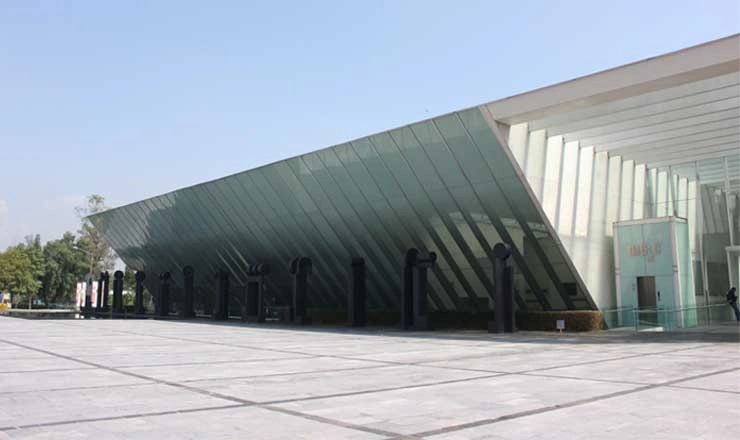
Down in the University City (Ciudad Universitaria) campus lies one of the boldest cultural spaces in Mexico: the Museo Universitario Arte Contemporáneo (MUAC). It’s often cited on best museums in Mexico City Reddit threads by locals and expats because of its experimental edge. Unlike traditional museums, MUAC thrives on installations that provoke thought, sometimes even discomfort.
I remember stepping into a gallery filled with soundscapes and projected text during an exhibition on human rights. Another time, I saw an exhibition highlighting Latin American urban photography that felt deeply tied to everyday life in Mexico City. The curators aren’t afraid to take risks here — and that’s exactly what locals love.
The crowd is also different. Expect to see students sprawled on the floor sketching, professors leading groups through debates, and young creatives meeting over coffee in the sleek on-site café. If you’re curious about the best contemporary museums in Mexico City, this is where you’ll find the city’s intellectual heart beating.
The building itself, designed by Teodoro González de León, is striking — all concrete minimalism and sharp angles, a contrast to the colonial streetscapes elsewhere in the city.
Getting here requires a bit of a trek south, but Uber or the metro-bus makes it accessible. Trust me, if you’re serious about exploring Mexico City’s avant-garde side, MUAC deserves a place in your itinerary.
7. Museo Dolores Olmedo
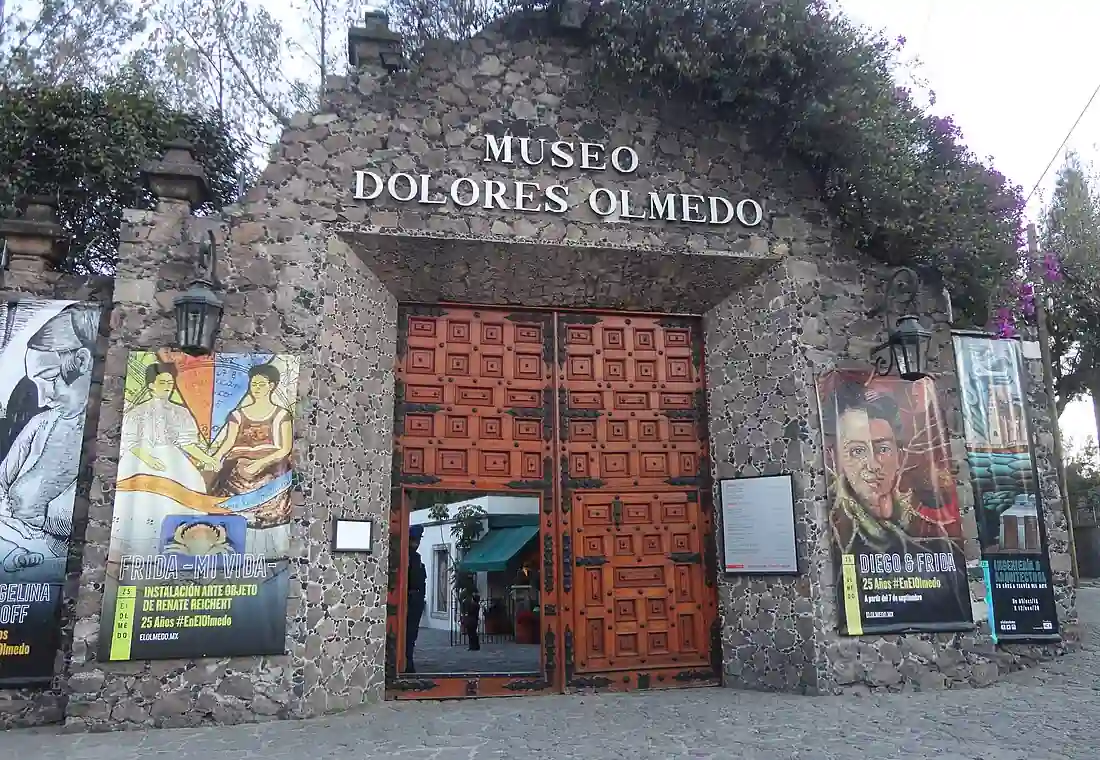
If you want art, gardens, and a touch of whimsy in one place, the Museo Dolores Olmedo in Xochimilco is where locals will point you. Many list it among the 20 best museums in Mexico City not only for its collections but also for the unforgettable atmosphere.
The museum is housed in a 16th-century hacienda once owned by Dolores Olmedo, a businesswoman and patron of the arts. She collected works by Diego Rivera and Frida Kahlo, and her trust turned her estate into a museum that feels unlike any other.
During my visit, I found myself wandering through quiet galleries filled with Rivera’s paintings, then stepping outside into gardens where Xoloitzcuintli dogs — the hairless breed sacred to the Aztecs — lounged under the sun alongside roaming peacocks.
It’s the blend of serious art and playful surroundings that makes this place so beloved. Locals often recommend combining a trip here with a boat ride through the Xochimilco canals. I did exactly that — first spending a morning with Rivera’s and Kahlo’s work, then hopping onto a trajinera boat with mariachis drifting past. It made for one of the most memorable days I’ve ever had in Mexico City.
The museum also hosts temporary exhibitions, folk art displays, and seasonal events. If you’re visiting in Día de los Muertos, Dolores Olmedo is especially magical, with altars and decorations that honor tradition while embracing artistic creativity.
Getting here takes a little more effort compared to the central museums, but that’s part of its charm. For travelers who want more than just the main attractions, Dolores Olmedo is one of the best museums in Mexico City 2025 and beyond — a place where history, art, and living culture come together beautifully.
8. Museo de Arte Popular
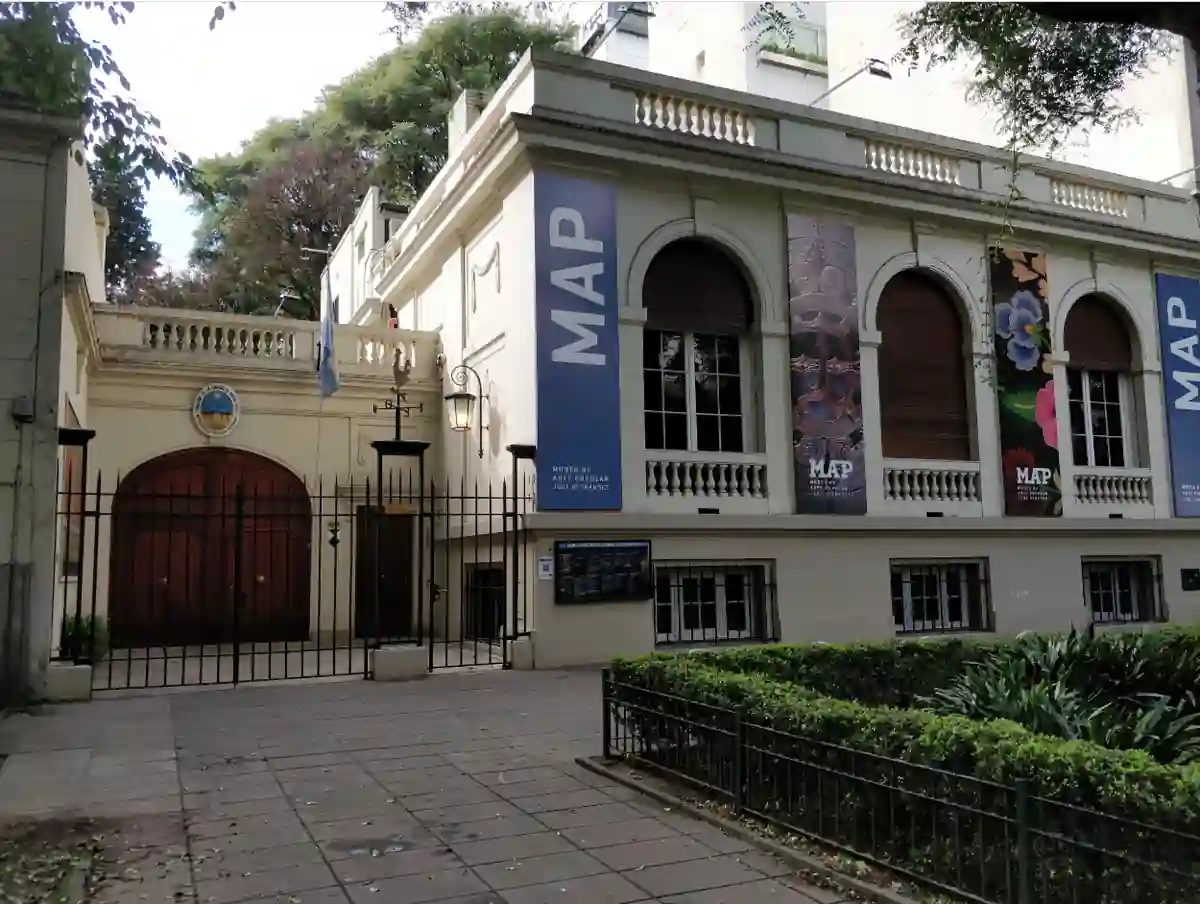
If color and creativity are what you’re after, the Museo de Arte Popular (MAP) is hands down one of the best museums in Mexico City. Unlike institutions that focus on fine art or ancient artifacts, MAP celebrates the vibrancy of Mexican folk art and handicrafts from every corner of the country.
Walking through the museum feels like stepping into a festival. You’ll see alebrijes (fantastical papier-mâché creatures), delicate talavera pottery, intricate textiles from Oaxaca, and lacquerware from Michoacán. On my first visit, I was struck by how alive the exhibits felt — not like static displays, but like a living expression of Mexico’s cultural diversity.
One of the highlights for both locals and travelers is the annual parade of alebrijes, where giant, colorful creatures take over Mexico City’s streets. It’s a spectacle that locals love, and the museum plays a central role in keeping this tradition alive.
Families especially appreciate MAP. Kids are drawn to the bright colors and fantastical creatures, and there are plenty of interactive exhibits to keep them engaged. Locals often recommend it as one of the best museums in Mexico City for kids because it introduces art in such a fun and accessible way.
What makes it special is how it flips the idea of “museum” on its head. Instead of solemn halls, MAP is vibrant, playful, and bursting with creativity. It’s no surprise that many residents consider it one of the top 20 museums in Mexico City — not just for visitors, but for Mexicans themselves who see their traditions celebrated here.
9. Templo Mayor Museum
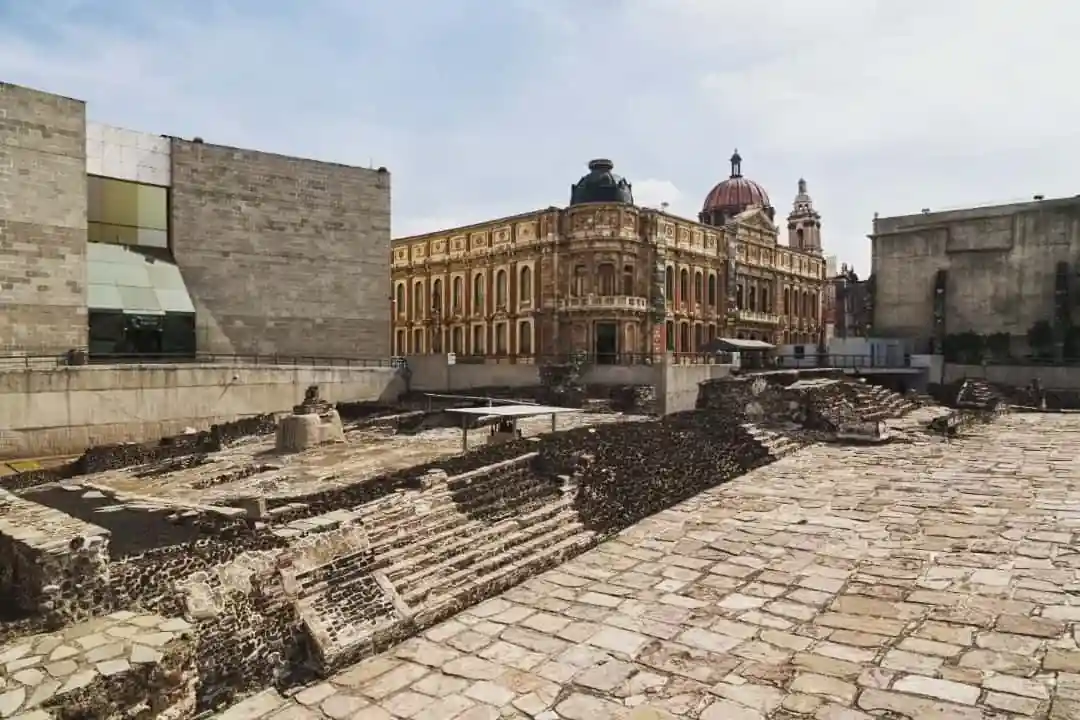
Right in the heart of the historic center, just steps from the Metropolitan Cathedral, lies one of the most powerful museums in Mexico City: the Templo Mayor Museum. This site is built around the excavated ruins of the Aztec capital, Tenochtitlán, and for locals, it’s more than a museum — it’s a symbol of identity, resilience, and pride.
The story of the Templo Mayor is incredible. For centuries, colonial buildings literally sat on top of the Aztec temple, hiding it from view. It wasn’t until the late 20th century that large-scale excavations began, revealing the heart of the Mexica world. Walking through the ruins today, you can almost feel the weight of history under your feet.
Inside the museum, artifacts like the Coyolxauhqui Stone — a massive carved disk depicting the moon goddess — give you a sense of the artistry and complexity of Aztec civilization. There are offerings unearthed from the site, including obsidian knives, skull masks, and delicate jewelry. During my visit, I was struck by how personal some of the objects felt, like small figurines used in rituals that connected everyday people to the gods.
Locals view the Templo Mayor not just as history, but as a reminder of roots. Mexico City sits on the ruins of Tenochtitlán, and for many residents, visiting the site is like paying respect to ancestors. On weekends, you’ll often see school groups, families, and even performers staging Aztec dances outside the museum as a way of keeping traditions alive.
If you’re putting together a list of the 10 best museums in Mexico City, Templo Mayor belongs near the top. It’s raw, authentic, and unlike any European-style museum experience. Standing there, surrounded by ancient ruins while the modern city buzzes around you, you realize just how layered Mexico City really is.
10. Museo de la Ciudad de México (Museum of Mexico City)
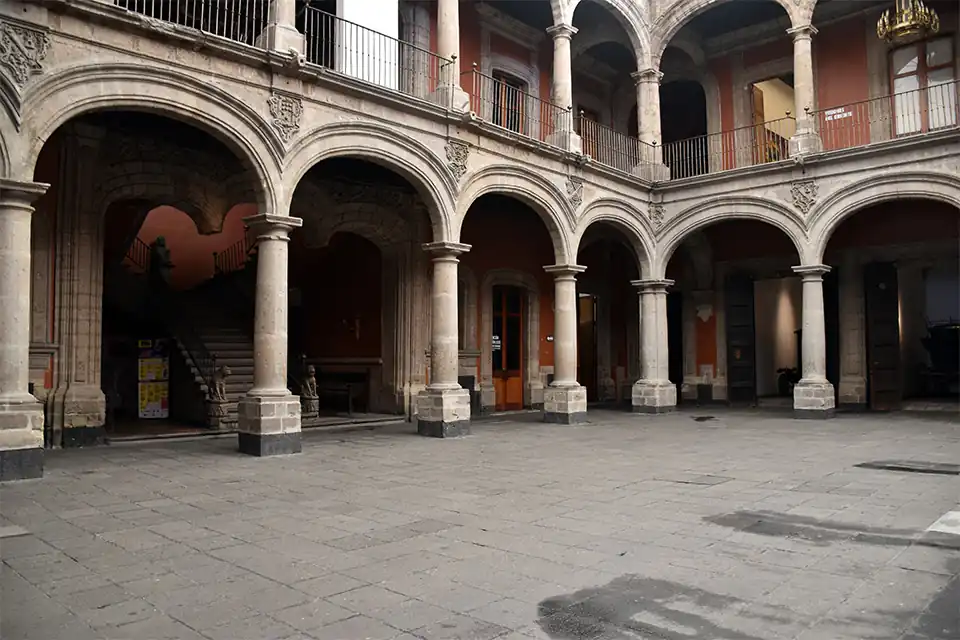
Tucked away inside a colonial palace near the Zócalo, the Museo de la Ciudad de México often gets overlooked by tourists rushing to bigger-name spots. But ask locals, and many will tell you it’s a hidden gem among Mexico City museums, especially for those curious about how the city itself evolved.
The museum chronicles Mexico City’s transformation from Tenochtitlán to the modern metropolis it is today. You’ll find models of the Aztec city with its canals, colonial maps, and fascinating exhibits on urban planning. One of my favorite displays was an interactive projection that showed how the city grew outward, layer by layer, over centuries.
Locals love this museum because it connects directly to their everyday lives. Unlike institutions focused on national art or archaeology, this one is unapologetically about the city itself — its neighborhoods, its challenges, and its beauty. It’s especially popular among students, architects, and urban history buffs.
Another reason it’s worth visiting is the building itself. The former palace, with its courtyards and carved stone details, feels like a relic from another time. It adds to the experience of walking through Mexico City’s timeline.
For travelers looking to go beyond the obvious, the Museo de la Ciudad de México is a quiet but rewarding stop. It might not be on every “top 10 museums in Mexico City” list, but for those who want authenticity and depth, it’s a favorite recommendation from locals.
11. Museo Nacional de Historia (Chapultepec Castle)
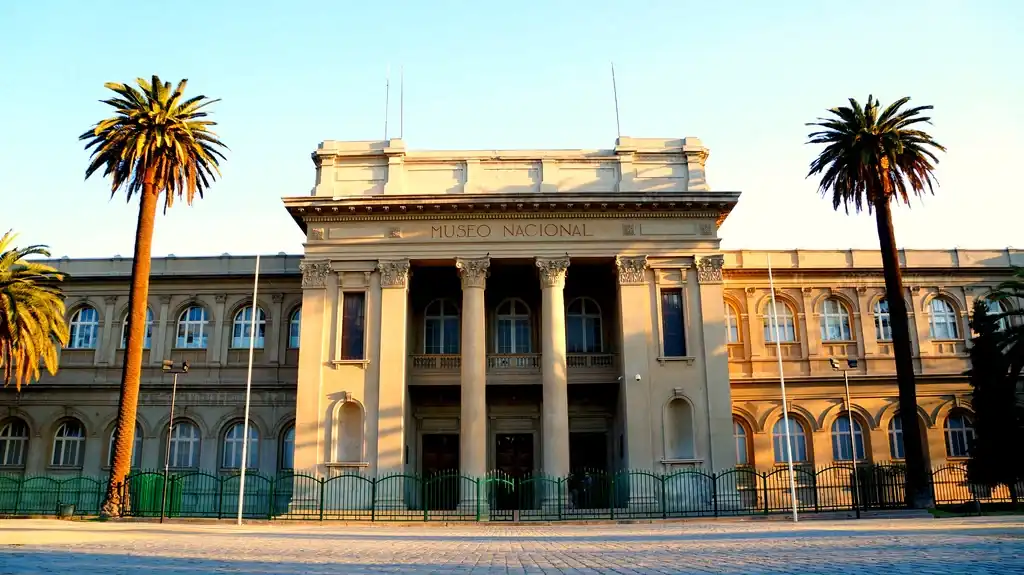
Perched high on Chapultepec Hill, the Museo Nacional de Historia (Chapultepec Castle) is easily one of the most iconic and best museums in Mexico City. It holds a unique claim: it is the only castle in Latin America ever used by royalty. Built during the colonial period and later remodeled by Emperor Maximilian I in the 19th century, the castle is as much a historical monument as it is a museum.
Inside, you’ll find opulent rooms filled with imperial furniture, European-style décor, and portraits of Mexico’s rulers. Beyond the grandeur, the museum also chronicles Mexico’s turbulent history — from the Spanish conquest to independence and the Mexican Revolution. One of the most moving sections honors the Niños Héroes, young cadets who defended the castle during the U.S.–Mexico War.
But what sets Chapultepec Castle apart isn’t just its artifacts. It’s the location. From the terraces, you get panoramic views of Mexico City stretching all the way to the mountains. Locals often say it’s one of the best views in the capital — a rare perspective that combines history with breathtaking scenery.
For many residents, Chapultepec Castle is more than a museum; it’s a beloved weekend spot. Families stroll through the castle grounds, couples take in the skyline, and school groups learn about national history surrounded by living heritage.
The castle is also situated within Chapultepec Park, making it easy to combine a museum visit with a picnic, a boat ride, or a trip to nearby attractions like the Museo Nacional de Antropología.
When travelers ask locals which museums they shouldn’t miss, Chapultepec Castle almost always makes the list. It’s not only one of the top 10 museums in Mexico City, but also one of the few places where history, architecture, and natural beauty blend so seamlessly. If you want to experience Mexico’s past with a view that will leave you speechless, the castle is the place to go.
12. Museo Memoria y Tolerancia (Memory and Tolerance Museum)
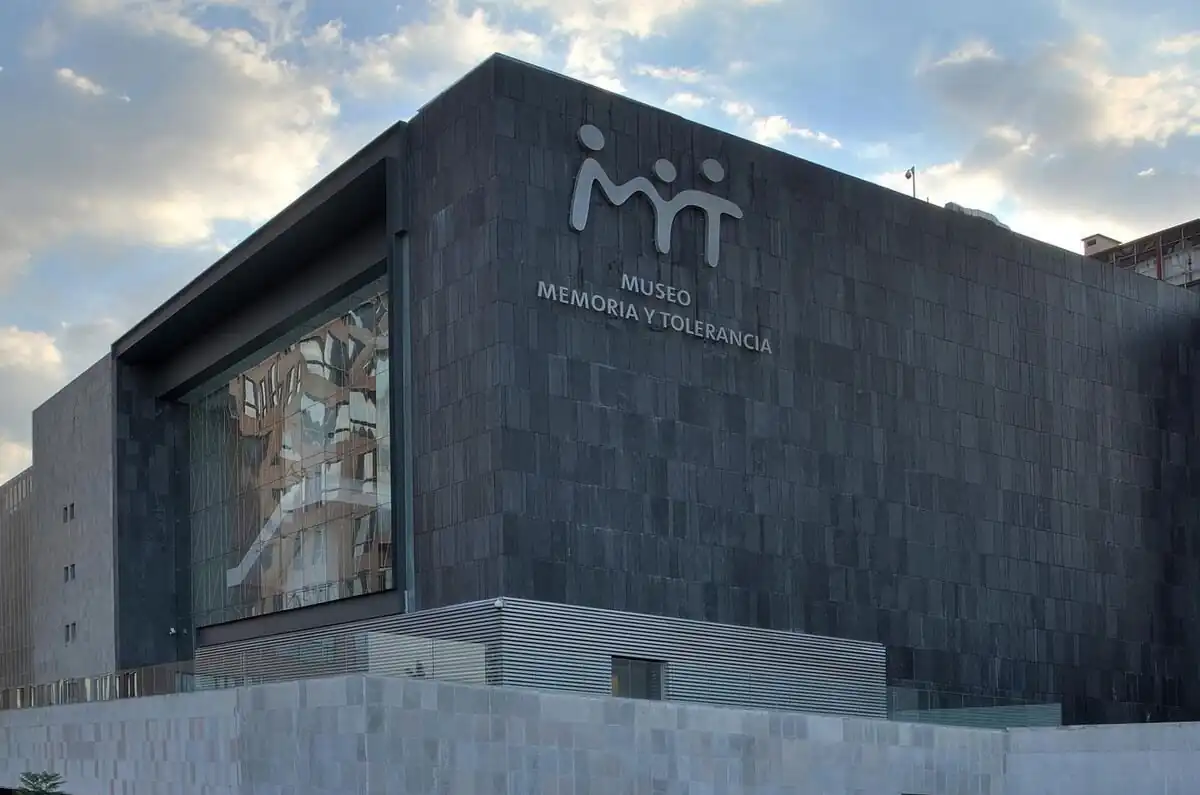
While Mexico City dazzles with art and history, the Museo Memoria y Tolerancia stands out as one of its most important and emotional museums. Dedicated to raising awareness about the Holocaust, genocides, and human rights, this museum moves beyond beauty to deliver a powerful educational experience.
The exhibits are immersive and often difficult, guiding visitors through some of the darkest chapters of human history. From concentration camp reconstructions to testimonies of survivors, the museum ensures that these stories are never forgotten. It then transitions to themes of tolerance, empathy, and respect — offering hope alongside remembrance.
Locals often describe it as a place everyone should visit at least once. Parents bring their children, teachers bring students, and couples visit together, leaving in reflective silence. For Mexico City residents, the museum is less about tourism and more about civic responsibility.
If you’re compiling a list of the best museums in Mexico City, this one is essential — not because it’s fun or beautiful, but because it’s impactful. Locals emphasize its role in education, reminding visitors that tolerance and human dignity are values worth protecting.
13. Museo del Juguete Antiguo (Toy Museum)
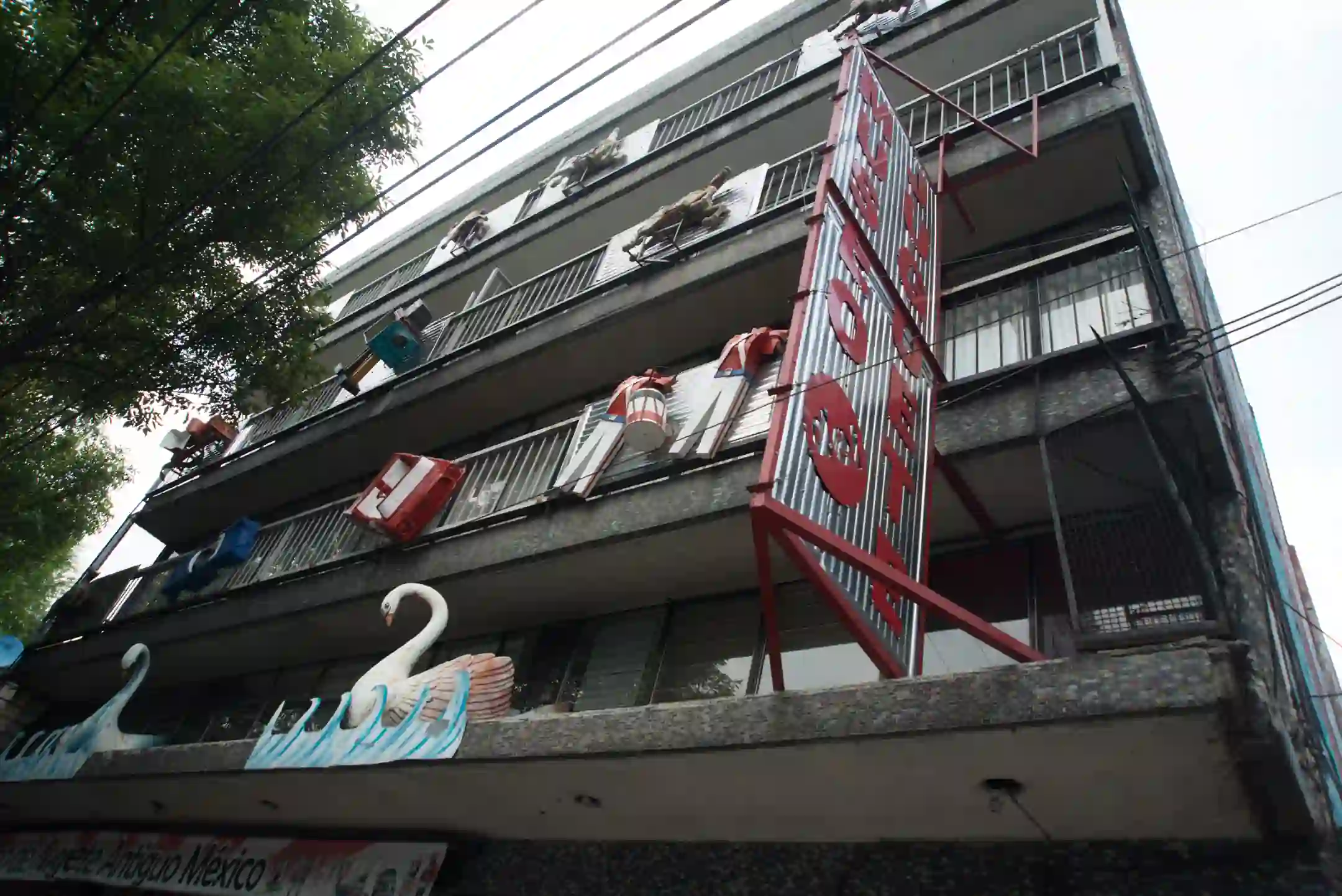
Step inside the Museo del Juguete Antiguo (Antique Toy Museum), and you’re instantly transported back to childhood. This quirky, colorful museum is one of the most offbeat museums in Mexico City and a favorite among locals for the sheer nostalgia it evokes.
The museum houses thousands of nostalgic toys and collectibles, from vintage action figures to tin robots, dollhouses, luchador figurines, and even classic Mexican toys like trompos (spinning tops) and baleros. The collection is massive, spilling into every corner of the building — almost like stepping into a collector’s dream attic.
Locals love this spot because it rekindles childhood memories. Many bring their children to show them the toys they grew up with, while others come simply to indulge in the joy of remembering their past. The museum often hosts creative workshops and exhibitions, making it popular with families and design enthusiasts alike.
What makes the Toy Museum unique is that it feels more personal than institutional. The collection comes largely from one man’s lifelong passion for toys, and that love is evident in every display. For locals, this authenticity makes it stand out among the top 20 museums in Mexico City.
If you’re a traveler who likes unusual finds, this is a must-see. While it may not be as famous as the Museo Frida Kahlo or the Museo Nacional de Antropología, it offers something equally valuable — a heartfelt journey through imagination, nostalgia, and play.
14. Museo del Objeto del Objeto (MODO)
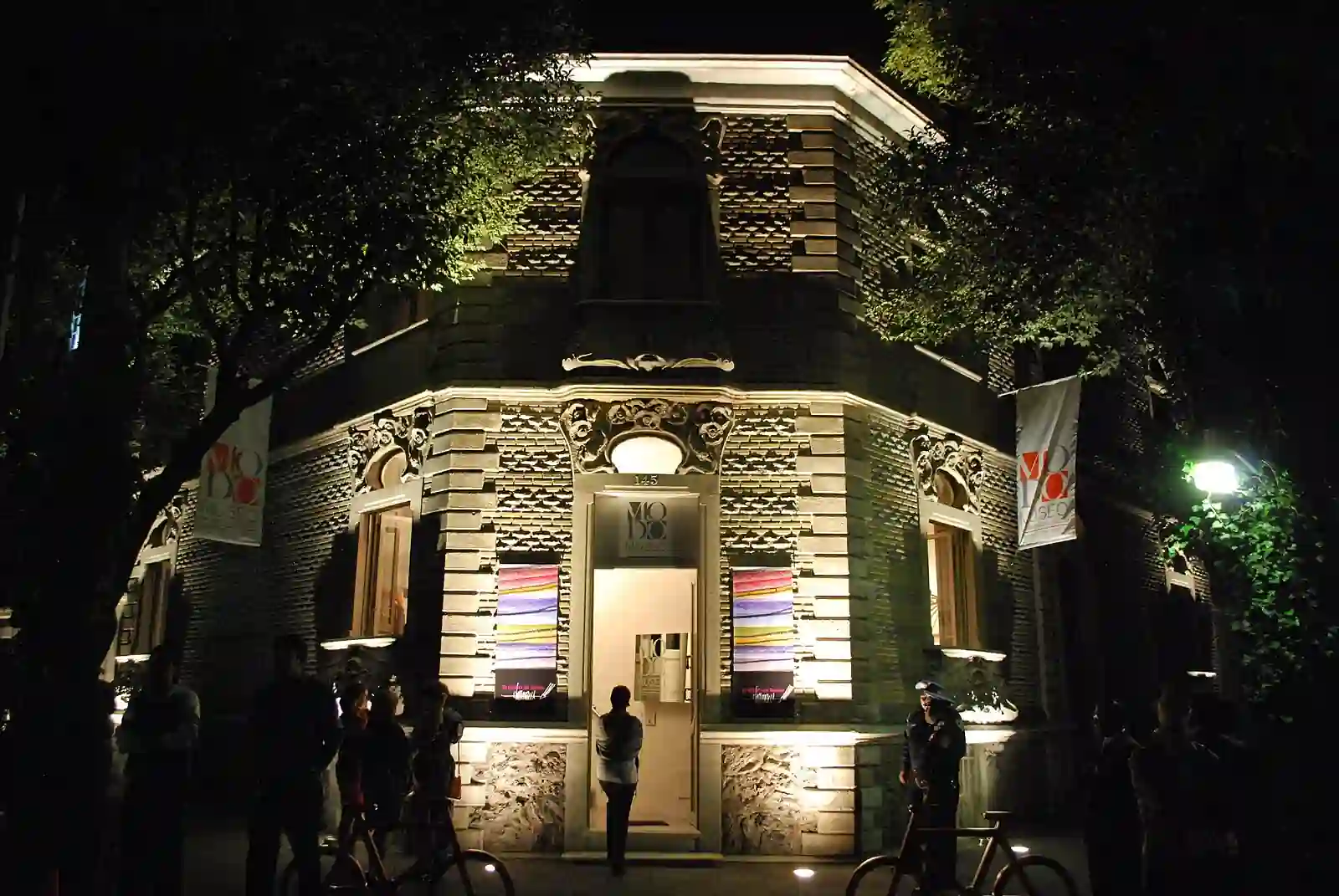
In a city full of art and history, the Museo del Objeto del Objeto (MODO) stands out for celebrating the beauty of the everyday. Located in a restored mansion in Colonia Roma, MODO is dedicated to everyday design objects — from packaging and vintage advertisements to typewriters, radios, and kitchen gadgets.
Its exhibitions show how design reflects culture and society. For example, you’ll find collections of soda bottles through the decades, old matchbox labels, or retro posters that once lined Mexico City streets. It’s a place where ordinary items become storytelling tools, tracing how aesthetics and consumer culture have evolved.
MODO has become especially popular among young creatives. Graphic designers, advertisers, and students often visit to draw inspiration from Mexico’s rich visual history. For locals, it’s a reminder that art isn’t just in galleries — it’s woven into everyday life.
If you’re exploring beyond the classic highlights like Chapultepec Castle or the Museo Frida Kahlo, this museum offers a refreshing change of pace. Quirky, stylish, and thought-provoking, MODO easily earns a spot among the top 20 museums in Mexico City.
15. Museo de Ripley & Wax Museum
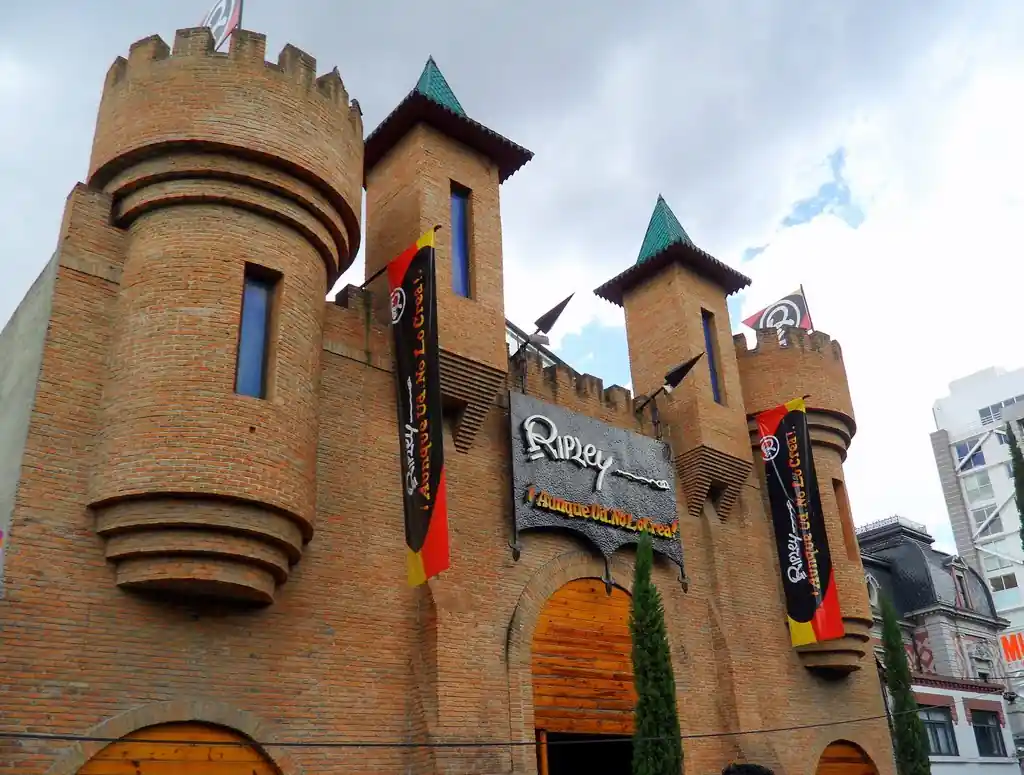
For travelers who enjoy a lighter, more entertaining museum experience, the Museo de Ripley y Museo de Cera (Ripley’s Believe It or Not! and Wax Museum) is a double attraction that locals often recommend for families.
The Ripley Museum brings together strange, curious, and sometimes bizarre collections — from shrunken heads to optical illusions. Next door, the Wax Museum houses lifelike figures of celebrities, world leaders, and Mexican icons, making it fun for kids and adults alike to pose for photos.
Though more touristy than cultural landmarks like the Museo Nacional de Antropología, locals still appreciate it for family outings. Many remember visiting as children and now return with their own kids. It’s playful, interactive, and conveniently located near Reforma, making it an easy stop if you’re traveling with little ones.
While it won’t make the list of the most famous museums in Mexico City, it does hold a soft spot in locals’ hearts for its pure entertainment value.
16. Museo de la Charrería (Mexican Cowboy Museum)
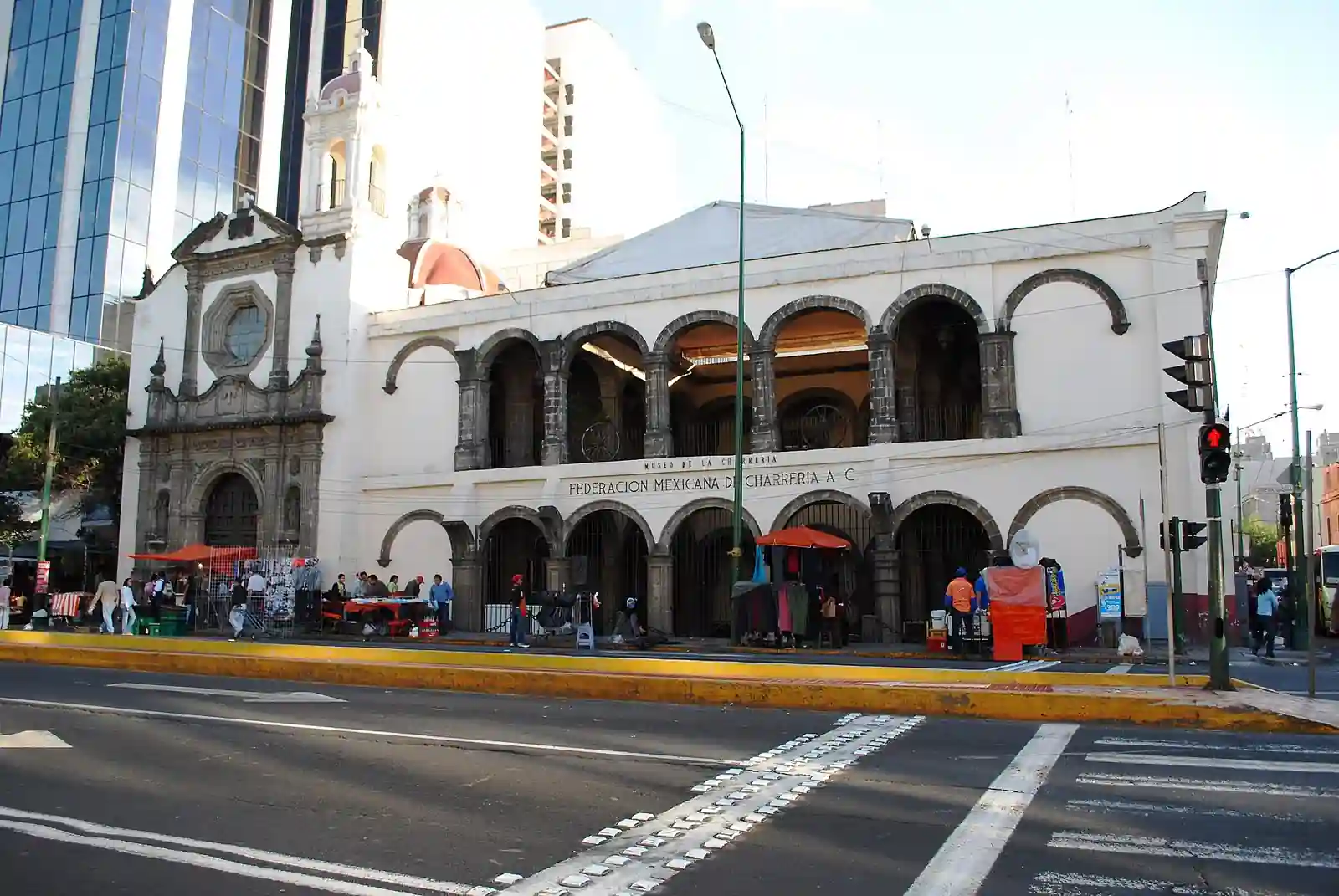
Mexico has a deep equestrian tradition, and the Museo de la Charrería celebrates it proudly. Dedicated to the heritage of Mexican horsemanship, this museum honors Charrería, the national sport of Mexico and a practice recognized by UNESCO as intangible cultural heritage.
Located in a former convent near the historic center, the museum displays saddles, ornate costumes, lassos, spurs, and other traditional equipment used in charrería. Many of these items are exquisitely decorated, reflecting the artistry that accompanies the sport.
For locals, the museum is a source of national pride. Charrería isn’t just a performance — it embodies values like skill, bravery, and community. Families with roots in rural Mexico often visit to connect with their heritage, while city dwellers see it as a way of honoring traditions that define Mexican identity.
Compared to more famous attractions, this museum feels like a hidden treasure. It may not appear in every tourist guide, but locals frequently recommend it to visitors looking for something beyond the usual. If you want to understand the cultural heartbeat of Mexico beyond art and archaeology, the Museo de la Charrería deserves a spot on your itinerary.
17. Museo Nacional de las Culturas del Mundo
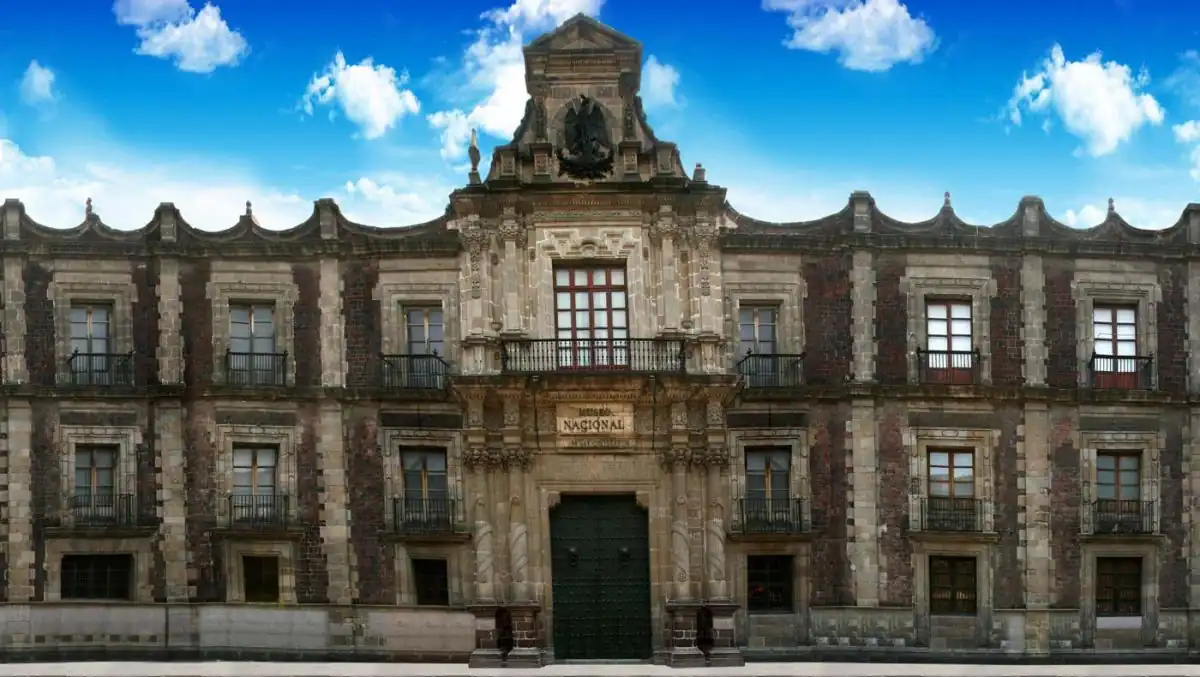
While most of the best museums in Mexico City highlight Mexican history and art, the Museo Nacional de las Culturas del Mundo offers something different — a window into global cultures. Located just steps from the Zócalo, it occupies a historic colonial building that once housed the Spanish mint.
Inside, you’ll find exhibitions on civilizations from Asia, Africa, Europe, and the Americas. Egyptian mummies, Chinese ceramics, African masks, and Greco-Roman artifacts share space under one roof. For locals, it’s a refreshing contrast — a chance to explore the world without leaving the city.
Many residents enjoy bringing their children here to spark curiosity about other cultures. Others appreciate the peaceful atmosphere and the museum’s role in promoting cultural understanding. Unlike busier institutions, this one often feels calm and accessible, making it a great choice for travelers who want to avoid crowds.
Though it may not be as well-known as the Museo Nacional de Antropología, locals consider it a hidden gem that broadens Mexico City’s museum landscape. If your journey is about discovery, this museum offers a unique global perspective right in the heart of the capital.
18. Museo del Estanquillo
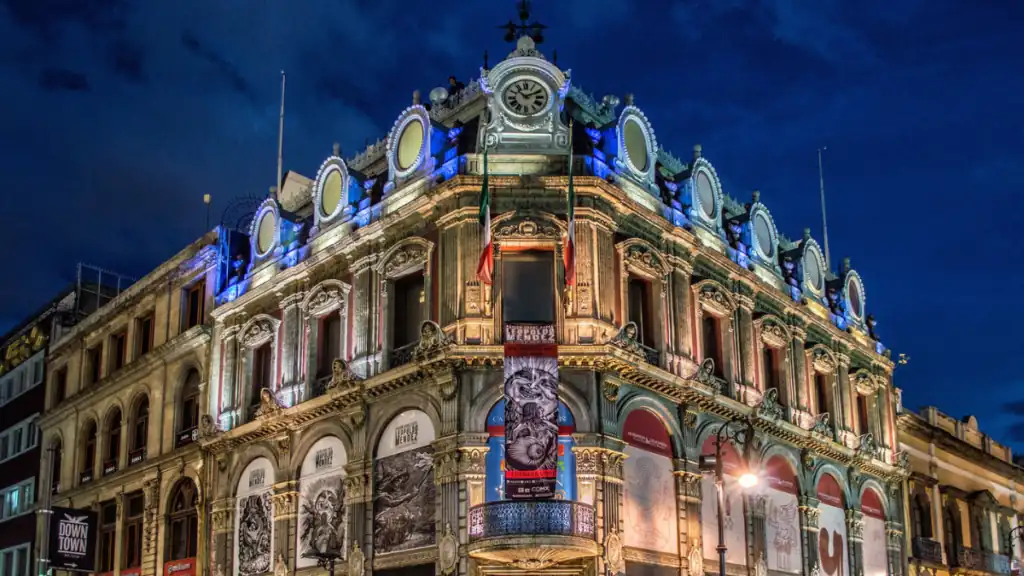
If you want to step into a museum that feels like Mexico City in miniature, the Museo del Estanquillo is it. This quirky spot houses the personal collection of writer, journalist, and activist Carlos Monsiváis—a man who loved satire, politics, cinema, and, above all, the everyday life of Mexico.
The museum doesn’t dazzle with massive halls or monumental artifacts. Instead, it offers a playful glimpse of local pop culture through cartoons, photographs, toys, caricatures, and political posters. Monsiváis believed in documenting the spirit of Mexico City as it really was—messy, funny, dramatic, and full of contradictions. Walking through the rooms, you’ll see witty caricatures from newspapers, vintage film posters from the golden age of Mexican cinema, and quirky objects that ordinary people used in their daily lives.
For locals, this museum feels like flipping through an old scrapbook—something familiar, nostalgic, and sometimes sarcastically humorous. It’s not uncommon to hear visitors laugh at a biting cartoon or recall a childhood memory sparked by one of the exhibits.
The best part? It’s free to enter, making it one of the most accessible museums in Mexico City. And because it’s located in the historic center, you can easily pair it with a visit to Palacio de Bellas Artes or a stroll along Madero Street. If you’re curious about how locals see themselves—with both pride and a bit of satire—this is the perfect place.
19. Museo Franz Mayer
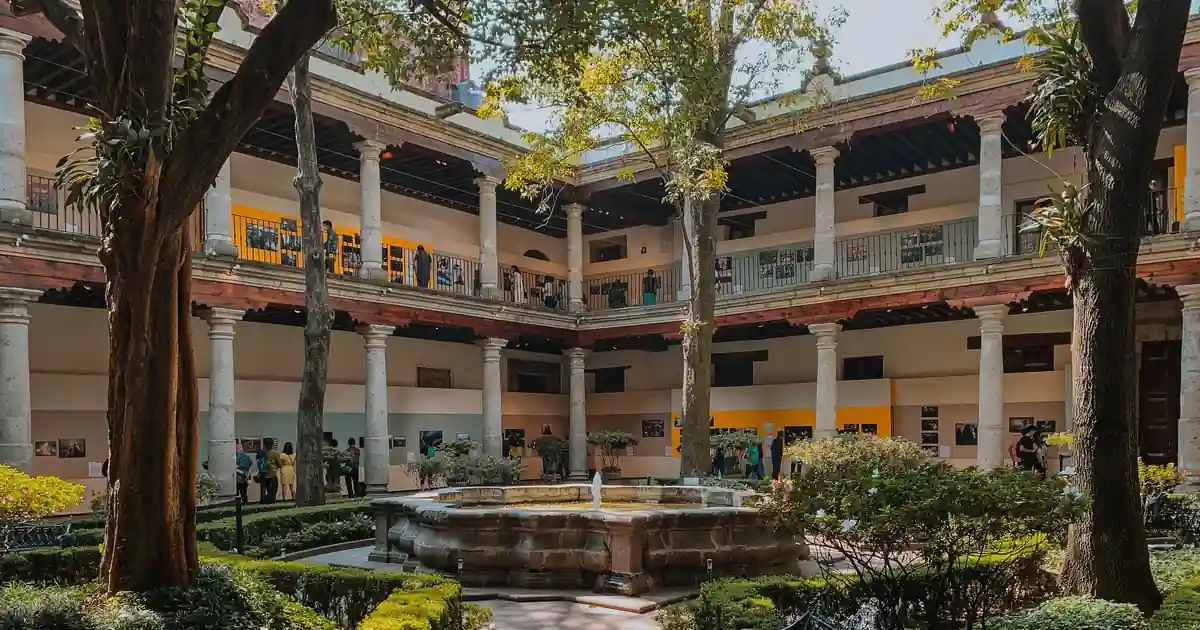
When you need a break from the chaos of Mexico City’s streets, the Museo Franz Mayer is like stepping into a quiet oasis. Located near Alameda Central, this elegant museum specializes in decorative arts—think furniture, silver, ceramics, textiles, and rare books. The building itself, a 16th-century monastery turned hospital, adds a layer of calm history to the visit.
The museum is named after Franz Mayer, a German financier and philanthropist who made Mexico his home. Over his lifetime, he collected more than 10,000 objects, from Spanish colonial silverware to intricately designed European clocks. Unlike the grand scale of other museums in Mexico City, this one feels more intimate, almost like being invited into a collector’s private home.
What draws many locals here are not just the permanent collections but also the temporary exhibitions, especially in photography and design. They host some of the city’s most respected photography contests, giving the space a contemporary edge.
The tranquil cloister courtyard, with its fountain and café, is a favorite spot for residents who want to escape the noise outside. Some people come just to sip coffee and read in the courtyard’s shade—it feels far removed from the bustle just beyond its walls.
If you’re the type who enjoys quiet elegance and slow observation, this museum will give you a different side of Mexico City’s cultural richness. It’s a reminder that the city isn’t just energy and chaos—it also knows how to pause.
20. Museo Universitario del Chopo
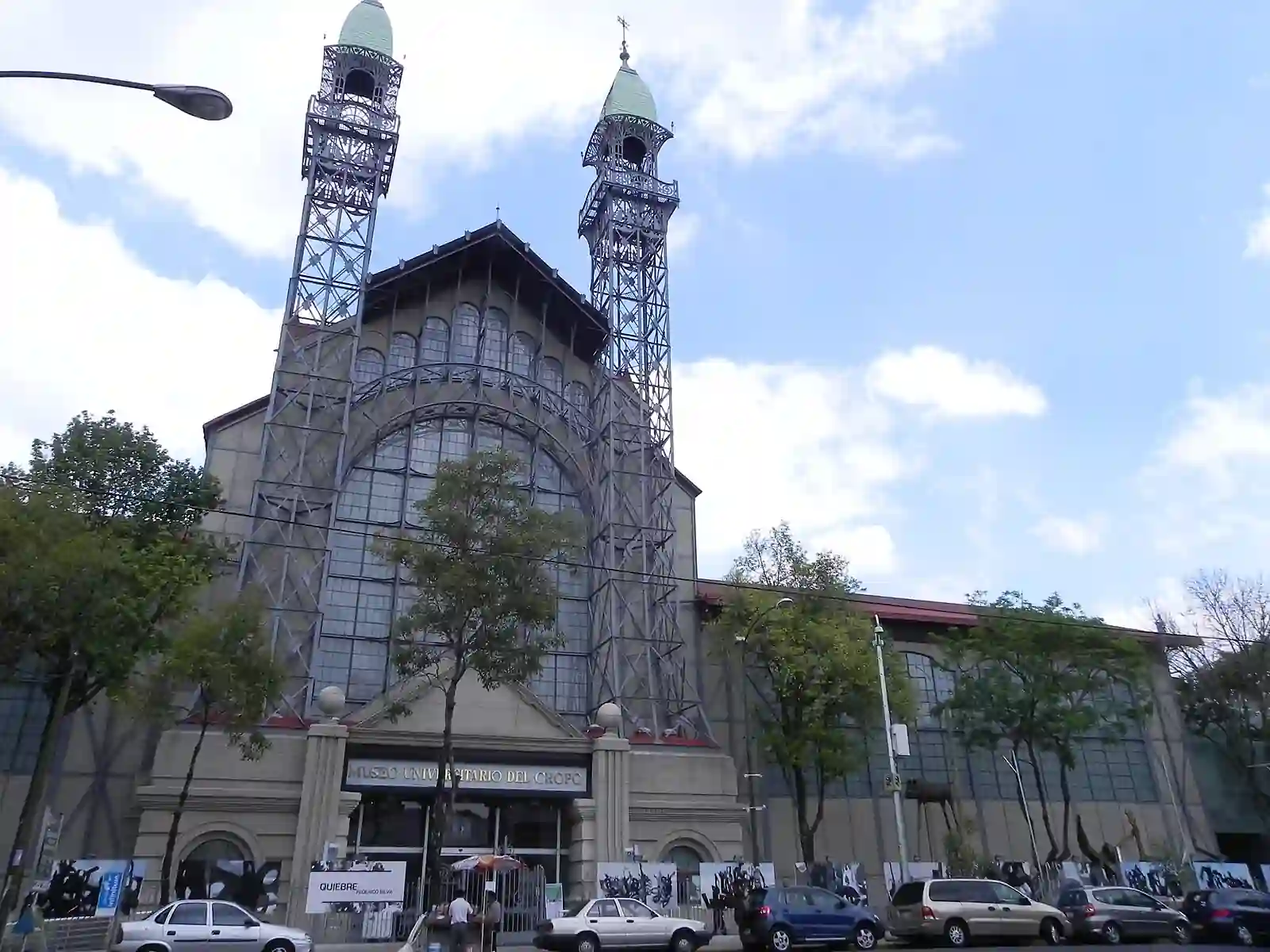
If most museums in Mexico City feel polished and historical, the Museo Universitario del Chopo, often just called “El Chopo,” is the rebellious younger sibling. Housed in a striking 20th-century iron-and-glass building (originally designed in Germany for an art exhibition), El Chopo has become the city’s hub for counterculture, indie art, and alternative music.
For decades, locals have seen this space as a kind of cultural refuge. In the 1980s, it was known for hosting punk and rock concerts, and even today it continues to embrace Mexico City’s underground scenes. Inside, you’ll find rotating exhibitions on experimental art, photography, performance, and multimedia installations that push boundaries rather than follow traditions.
What makes El Chopo especially beloved among locals is its connection to everyday alternative culture. It’s not just a place to see art—it’s where zines, independent publishers, and music communities come together. On weekends, the nearby Chopo Tianguis (flea market) is legendary for music lovers, selling everything from vinyl records to band t-shirts.
Visitors often describe it as one of the most authentic cultural spaces in Mexico City, because it doesn’t try to please tourists or present a sanitized version of Mexican art. Instead, it gives a raw, genuine look at the city’s subcultures.
If you’re interested in seeing the side of Mexico City that thrives outside of polished galleries and glossy brochures, El Chopo is a must. It’s the heartbeat of alternative Mexico City—loud, creative, and proudly different.
Practical Tips for Visiting Museums in Mexico City
Exploring Mexico City’s museums is exciting, but a little preparation can make your trip smoother. Let’s start with transportation. The Mexico City Metro is one of the cheapest and fastest ways to get around, and many major museums sit near stations. If you prefer something more flexible, buses run frequently, though traffic can be unpredictable. For comfort, Uber and local ride-hailing apps are widely available and surprisingly affordable compared to many other big cities.
Another great money-saver is the museum pass options. Some cards bundle entry to several museums at a discounted price, making them perfect for travelers planning multiple visits in one day. Also, keep in mind that many museums in Mexico City offer free entry on Sundays—a tradition that draws both locals and tourists. It’s a good way to stretch your budget, though you’ll want to arrive early because the lines can get long.
As for timing, the best time of year to visit Mexico City’s museums is generally between November and April, when the weather is cooler and walking between sites feels more pleasant. Summers can get rainy, which isn’t a dealbreaker but might affect your schedule.
Safety is another common question. Overall, museums are in safe and well-visited areas, but just like anywhere in a big city, keep an eye on your belongings and avoid carrying too much cash. Inside the museums, follow basic etiquette: no flash photography, don’t touch exhibits, and keep voices low—especially in popular spots like the Museo Frida Kahlo or the National Museum of Anthropology.
With these tips in mind, you’ll enjoy the city like a local while still hitting all the big highlights.
Sample Itineraries for Museum Lovers
If you’re overwhelmed by the sheer number of museums in Mexico City, a few sample itineraries might help:
1-Day Museum Crawl
- Start at the National Museum of Anthropology in Chapultepec Park.
- Walk to Chapultepec Castle, home to incredible murals and history.
- End your day at the Palacio de Bellas Artes downtown, where art and architecture meet.
Weekend Itinerary
- Day 1: Visit Casa Azul (Frida Kahlo Museum) and then the Museo Dolores Olmedo, both in the Coyoacán area.
- Day 2: Explore the MUAC (University Museum of Contemporary Art) for a modern touch.
Offbeat Day
- Begin at the quirky Museo del Juguete Antiguo (Toy Museum).
- Continue to MODO (Museum of the Object).
- Wrap up at the Museo de la Charrería, celebrating Mexican cowboy culture.
These itineraries balance the famous with the unusual, giving you a well-rounded look at why the city is often called the museum capital of the Americas.
Conclusion
When you put it all together, it’s no surprise that Mexico City is considered one of the world’s great museum capitals. From massive institutions like the Museo Nacional de Antropología to hidden gems tucked away in lively neighborhoods, the city’s collection is unmatched. But what really makes it special is how the museums reflect not just history, but also the soul of the people who live here.
Locals grow up visiting these places—on school trips, family outings, or casual weekend plans—and that gives them a personal connection. When you walk through these halls, you’re not just seeing artifacts, you’re sharing a space that’s deeply woven into the daily rhythm of the city.
So whether you’re planning a quick museum crawl or dedicating an entire week to the art and culture of Mexico City, you’ll walk away with more than just photos. You’ll feel part of a story that stretches back centuries but still feels alive today.
So, which of these museums will you visit first?
Frequently Asked Questions
1. What is the most visited museum in Mexico City?
The National Museum of Anthropology is the most visited.
2. What is the number one attraction in Mexico City?
Chapultepec Park and the Anthropology Museum together are often considered the top attraction.
3. What to skip in Mexico City?
Skip overly touristy shops and focus on authentic neighborhoods and museums.
4. What museums are free in Mexico City?
Most are free on Sundays, including the Anthropology Museum and Bellas Artes.
5. What is the most visited spot in Mexico?
Teotihuacán Pyramids and the Anthropology Museum share top spots.
6. Which museum is the most famous in Mexico City in 2025?
The Frida Kahlo Museum (Casa Azul) remains one of the most famous.
7. How many museums does Mexico City have?
Over 150 museums, making it one of the top cities in the world for museums.
8. What is the #1 museum in the world?
The Louvre in Paris is considered the #1 globally.
9. Which museum has the Mona Lisa?
The Louvre Museum in Paris houses the Mona Lisa.





